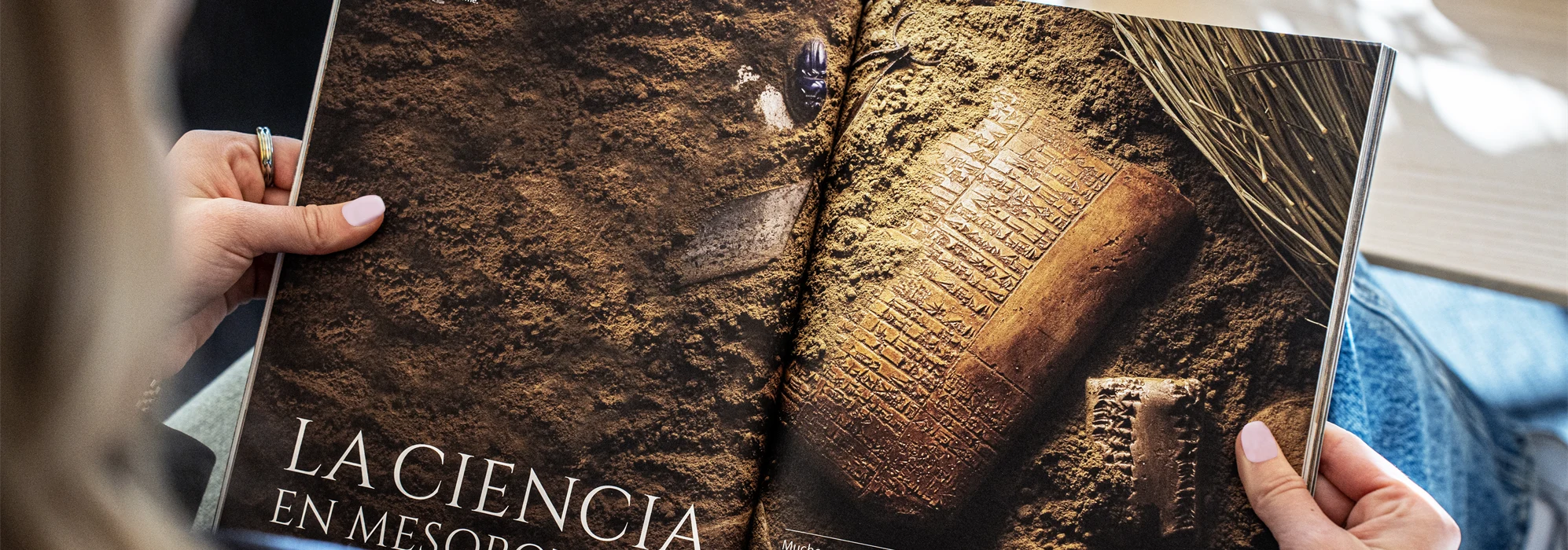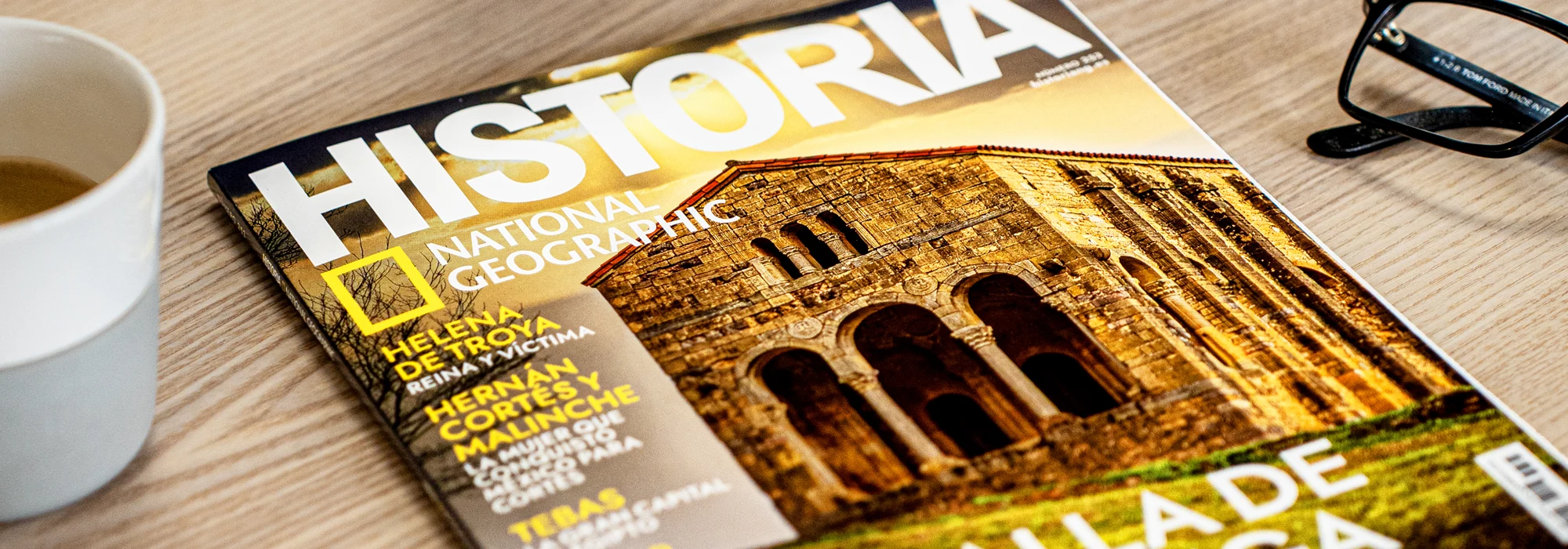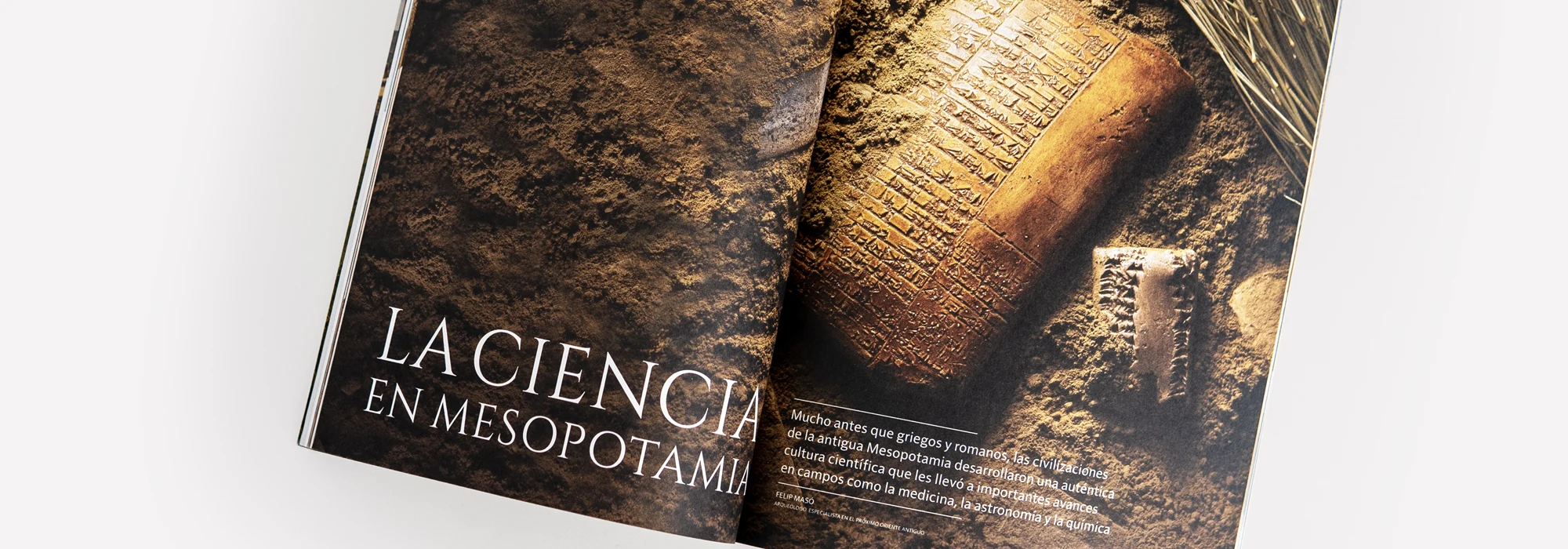The magazine, which is published 15 times a year, is printed by Rotocobrhi Madrid, part of the leading European printing group Walstead Group. RBA also uses Holmen TRND 2.0 for their National Geographic Extra editions.
By switching from a traditional 80 gsm MWC paper to Holmen EPIC 60 gsm, the paper weight is reduced by 25%. For an order of 400 tonnes, this means saving a total of 100 tonnes of paper. This not only results in cost savings in purchasing, transport, and distribution – it is also an important step towards lower CO2 emissions.
The main reason RBA uses Holmen EPIC is because they appreciate the quality of the paper. RBA specifically mentioned the following:
• High bulk – enables the switch from 80 to 60 gsm
• Brightness
• Excellent printing properties – for the best possible reading experience
Holmen's Eva Farriol, Commercial Manager Iberia, has built a strong and long-term relationship with RBA over several years – a clear example of how our commitment and expertise create business.
“I know that for RBA the quality of the paper is crucial not only for delivering an exceptional reading experience but also for reflecting the brand’s values. The visual impact of the images and the tactile feel of the magazine makes each issue more memorable for their readers”, Eva Farriol concludes. She also points out that the publisher carefully selects their paper to meet rigorous environmental standards, ensuring it is responsibly sourced, efficiently produced, and has a low carbon footprint.
An example of the reduced carbon footprint
Let’s look at a comparison. Here's an example of where a publisher is switching from an MWC paper on the market, in the table called “X”, in 80 gsm, to Holmen EPIC in 80 gsm or 60 gsm, with 400 tonnes as a yearly consumption.
| Paper | MWC paper “X” 80 gsm |
Holmen EPIC 80 gsm |
Holmen EPIC 60 gsm |
| CO2/tonne of paper |
340 kg/tonne | 93 kg/tonne | 93 kg/tonne |
| Total weight | 400 tonnes | 400 tonnes | 300 tonnes |
| Saved weight | 0 | 0 | 100 tonnes |
| Total CO2 | 136 tonnes | 37.2 tonnes | 27.9 tonnes |
| Reduced CO2 | 136-37.2 = almost 100 tonnes! |
Buy 100 tonnes less paper and reduce CO2 by almost 80%! |
Carbon footprint data is based on the respective company’s product Carbon footprint document, cradle-to-gate, CEPI 1-7. You can always ask your paper supplier to provide the carbon footprint for their product to make your own comparison.
The result of switching to Holmen's paper in this case means buying about a quarter less paper per year for printing the same volume, and at the same time reducing carbon emissions by almost 80%.






